Baron Jean De Selys Longchamps & The “Forbidden” Attack On Gestapo HQ
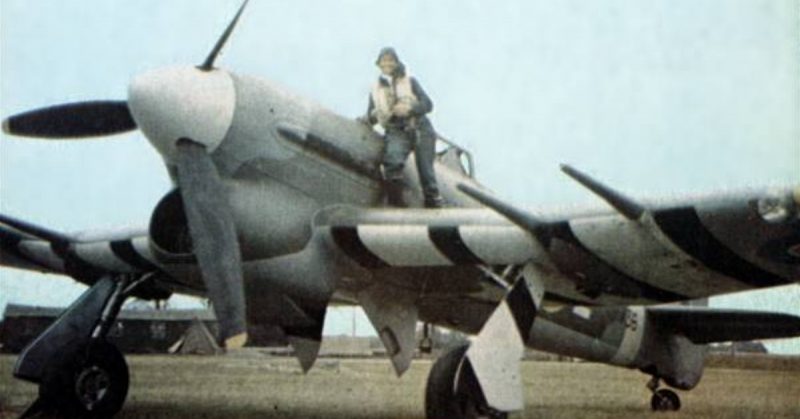
It was January 20, 1943, when the people of Brussels saw the German occupying forces getting their due reward at the hands of a Hawker Typhoon.
The fighter plane, piloted by Jean de Selys Longchamps, flew unscathed above Brussels, entering the Avenue Louise after traversing the Avenue De Nation. Its target was a 12-story building on the Avenue Louise used by the Gestapo as their headquarters ever since the German army occupied Brussels in 1940.
De Selys flew very low over the city in a bid to evade German radar. As he approached the Gestapo headquarters, he turned his guns on the occupants of the building who’d rushed to the windows to see what was going on.
In a close attack, he opened up a stream of deadly cannon fire on the building, ripping apart its façade and sending uncountable pieces of concrete and glass into the air. The attack had been launched in a remarkably precise manner, so the neighboring buildings didn’t sustain any discernible damage.
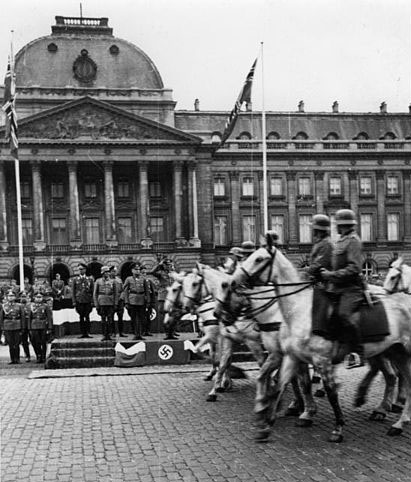
But de Selys wasn’t finished yet. While pulling away, he opened his cockpit and dropped thousands of miniature Belgian and British flags over a number of villages, the Royal Palace at Laken, and the garden of his niece, Baroness De Villegas De Saint-Pierre.
Continuing at a low level, he once again evaded German radar and anti-aircraft guns as he made his way through the Flemish countryside, along the seashore, and, eventually, across the sea. In less than 30 minutes, he had landed safely at his home base at Manston in Kent, England.
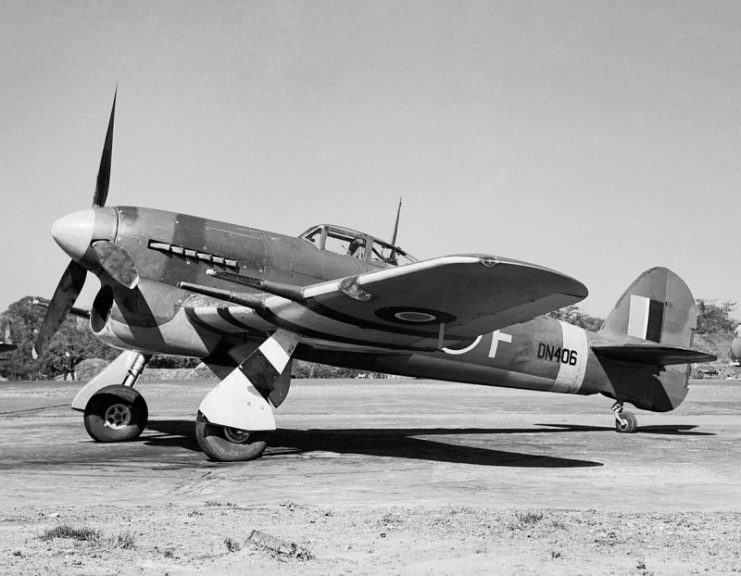
De Selys’s deadly attack instantly killed four Germans and left dozens with grave injuries. The fatalities included a high-ranking Gestapo officer, Commander Müller, and the Chief of the SD, SS-Sturmbannführer Alfred Thomas.
The building was in shambles, having been damaged to such an extent that the Germans couldn’t use it for the next six weeks.
The word soon spread, and the Belgians rejoiced at what they saw as retribution for the evil acts of their occupiers. Hundreds of Brussels citizens came to see the damage but were driven away from the site by the German soldiers.
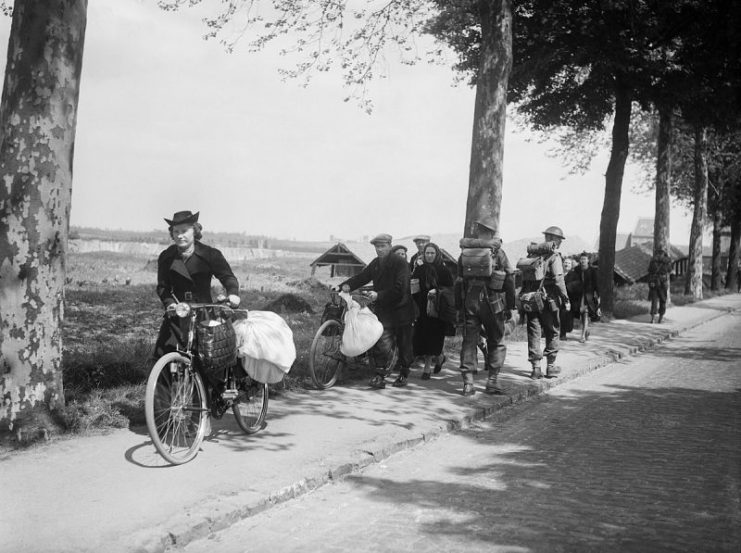
The annoyed troops arrested innocent denizens in retaliation, but the sight of the devastated building was enough to lift the spirits of the entire nation.
Herman Bodson, a member of the Belgian resistance during the Second World War, recalled: “The day of the attack was a day of joy. That week, while the news was told around the country, was a week of joy.”
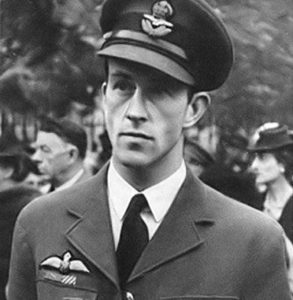
Belgians all over the country secretly listened to the BBC that evening to find out who was behind the daring attack. They were both happy and amazed to learn that the pilot who had wreaked havoc on the Gestapo was de Selys – a member of the Belgian aristocracy.
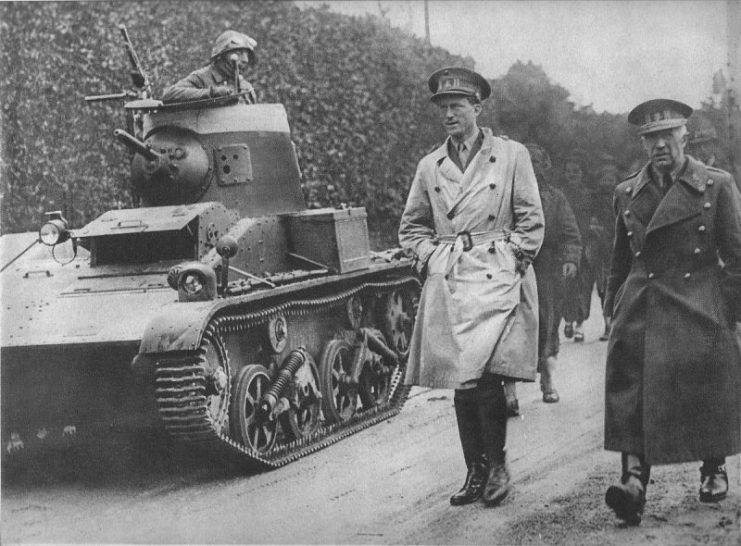
Born to Baron Raymond Charles Michel Ghislain de Sélys-Longchamps in Brussels on May 31, 1912, Baron Jean Michel P.M.G. de Sélys-Longchamps was a grand-nephew of King Leopold III.
De Selys was a Belgian Cavalry Officer at the time of German invasion. He fought in the Battle of Belgium before leaving for Britain through Dunkirque.
Refusing to accept the Belgian capitulation, de Selys went to France with hopes of joining a newly raised Belgian army from there. But it couldn’t become a reality due to the armistice between France and Germany.
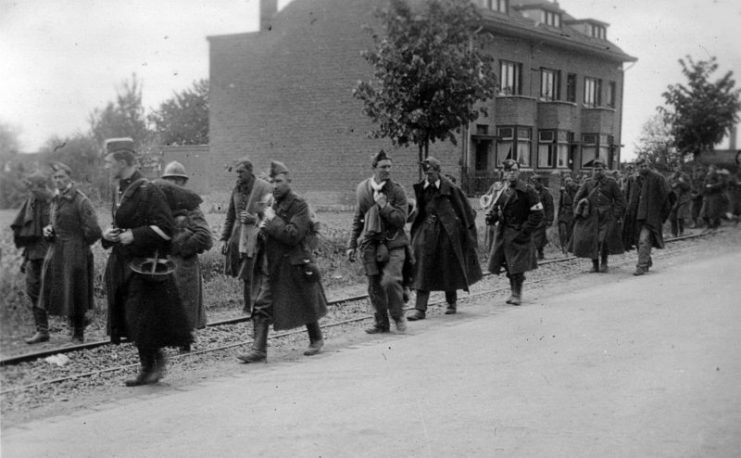
De Selys decided to return to Britain via Marseille and Gibraltar along with a group of Belgian pilots. Unfortunately, he was caught and imprisoned in Marseille as he tried to reach England through Morocco. He was apprehended as a POW for some time before he managed to escape and reach England through Spain.
Since de Selys was 28 years old at the time, he didn’t meet the required age to enable him to enlist as a volunteer. So he forged his papers in a bid to get trained by the RAFVR (Royal Airforce Volunteer Reserve) as a fighter pilot.
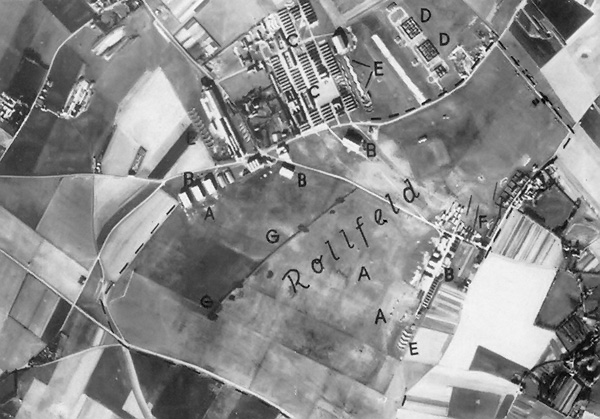
Shortly after he’d completed his training, de Selys became famous as one of the best pilot officers at the RAF.
De Selys kept himself aware of what was going on in his country through his Belgian contacts. He decided to raid the Gestapo after learning that his father was tortured to death by the security police (SIPO) which then shared its headquarters at 453 Avenue Louise along with the secret police (SD).
After making an ingenious plan to launch the attack, he sought permission from his superiors to execute it.
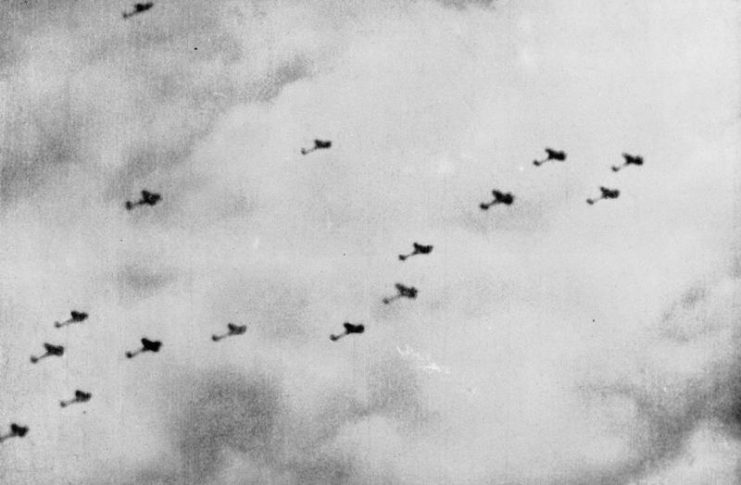
Although his proposal was supported by his colleagues, the RAF didn’t approve the venture because it was too risky. After trying for several weeks, he decided to carry out the daring enterprise on his own and continued planning it secretly.
The opportunity presented itself on Wednesday, January 20, 1943, when de Selys was ordered to strike a railway junction in the vicinity of Ghent, in Northern Belgium. He armed his Hawker Typhoon to its limit and took with him a bag full of miniature Belgian and British flags.
He left the airfield along with his comrade and wingman, Flight Sergeant André Bianco, to launch the assault in Flanders. After completing the mission, de Selys told Bianco to return to England and flew alone towards Brussels to execute the solo attack.
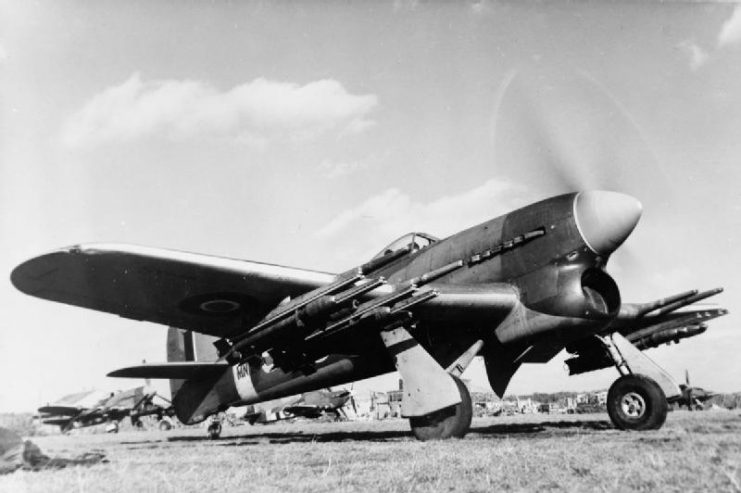
When de Selys returned to Manston after completing his “forbidden” mission, he received a hearty reception from his colleagues, but such ebullience wasn’t forthcoming from his superiors.
He was subsequently demoted to Pilot Officer and was transferred to No.3 squadron as punishment for disobeying orders. However, despite seeing his rank reduced, the young pilot was awarded the Distinguished Flying Cross by the British on May 31, 1943.
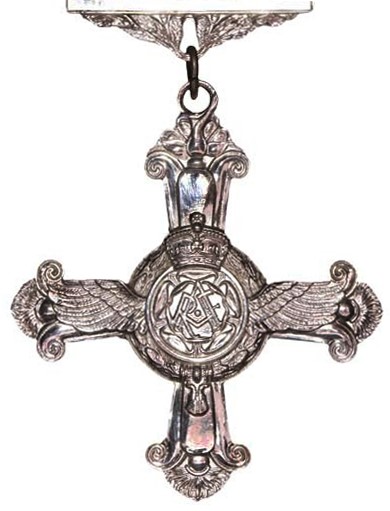
Sadly, de Selys didn’t live long enough to enjoy his newfound fame and died just a few months after being decorated. He passed away on August 16, 1943, after his aircraft was severely damaged by German flak while he was flying a mission over Ostend.
He crashed as soon as he landed at the Manston base and was killed instantly.
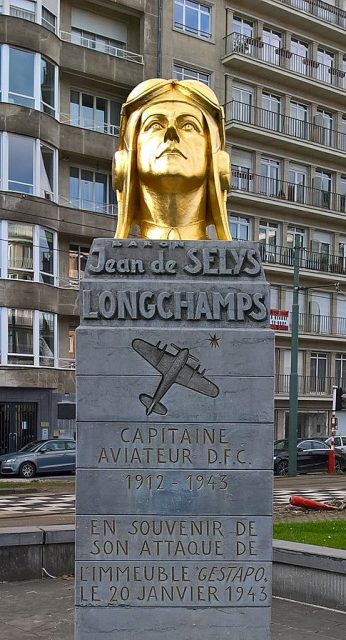
De Selys’s daring attack on the Gestapo has been preserved forever in the form of a plaque on the façade of the building at 453 Avenue Louise as well as a statue of the heroic pilot which was erected nearby.
No comments:
Post a Comment